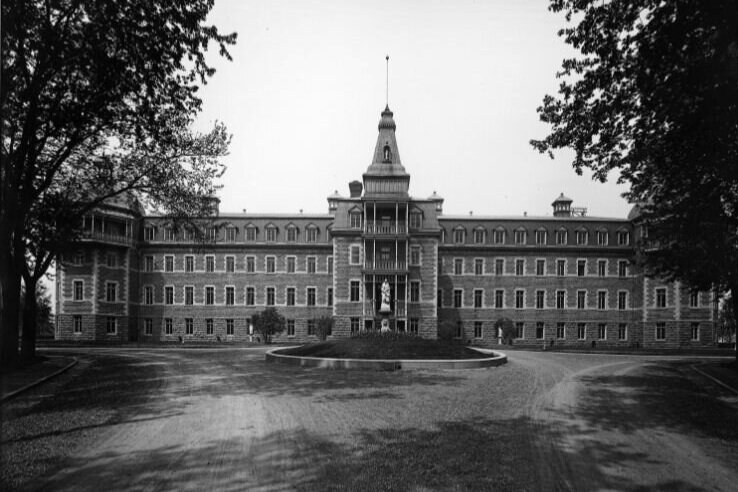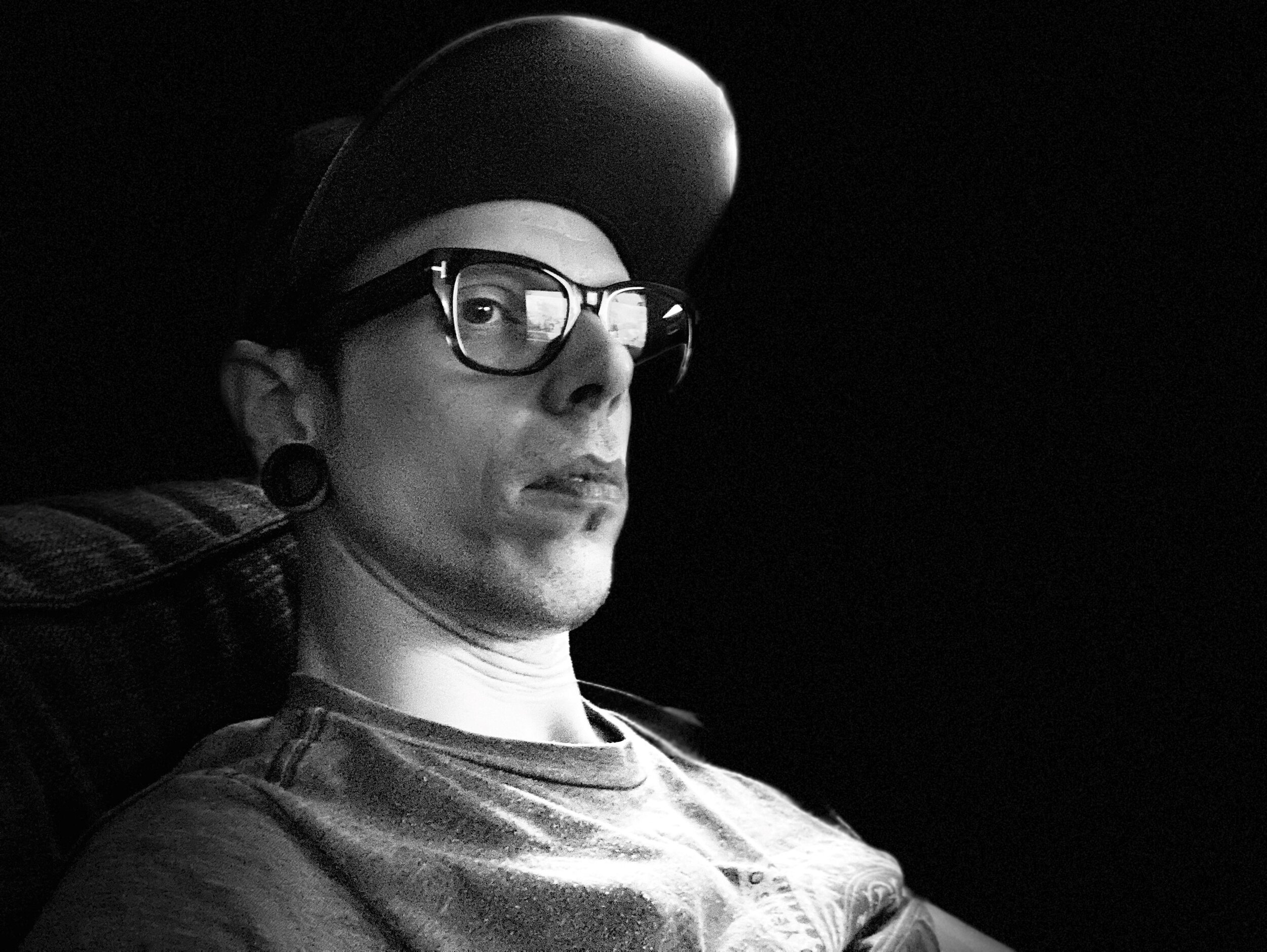The Duplessis Orphans
/Call me sentimental, but I love Canada. I’ve always felt a certain amount of pride for this country. Maybe it’s because I spent so much time around the military when I was growing up. I can’t really say. But I think it’s important for anyone who loves this country to be able to come to terms with skeletons in our closet.
One of those “skeletons” took place in Quebec from the 1940s until the early 1960s. I apologize for the lack of specifics on the dates. I noticed a few problems during my research, but more on that later.
The 1940s and ‘50s was a period of abject poverty in Quebec. There were few social programs, and the province was dominated by the Catholic Church. Maurice Duplessis was Quebec Premier at the time, and held office from 1944 until 1959. A devout Catholic, Duplessis believed that the church should be solely responsible for taking care of the schools, orphanages, hospitals and the poor. As a result, the church was put in charge of an estimated 20,000 orphans. It should be noted that not all of these children were actually orphans. In fact, a number of them were what the church referred to as ‘children of sin’ (children born out of wedlock). Society didn’t look favourably on these unwed mothers and they faced unrelenting pressure to give up their children less they bring shame down on themselves and their families.
Now here’s where the story takes an evil twist. The church was receiving subsidies from the Canadian government. They received $1.25 per student in their charge per day. However, the daily subsidies they received for psychiatric patients was significantly higher at $2.75 per day. So, naturally, the church began arbitrarily recategorizing orphan children as psychiatric patients. Gradually, the children were moved from orphanages and into hospitals around Quebec. In these hospitals they were treated as any other psychiatric patient. Subjected to physical, sexual, and mental abuse. As well as brutal experiments which included—but were not limited to—electroshock therapy and lobotomies.
A significant number of the children who were experimented on died. There doesn’t seem to be any specifics on this number, or even speculation for that matter. But what is known is that the bodies were further experimented on, and often sold to universities for dissection by their students. What was left of the bodies when they were finished would be buried in unmarked graves in cemeteries behind the hospitals.
St. Jean de dieu hospital, montreal
One such hospital was St. Jean de Dieu in Montreal. William Marsden of the National Post writes in his 2004 article “Hidden from History: The Canadian Holocaust” about Albert Sylvio, a Duplessis orphan who lived at the hospital in the 1950s. Mr. Sylvio claims that during his time there, he was forced to transport the bodies of about 60 fellow orphans from the operating rooms to the morgue. "I undressed them and washed them and prepared them for burial," he said. "We put them in cardboard boxes. Some of them were children." The bodies would then be buried in unmarked graves in a cemetery dubbed ‘the pigsty’ by locals due to its proximity to a hog farm owned by the nuns.
Marsden’s article also highlights the efforts in 2004 of a small group of surviving orphans to have the unmarked graves at an abandoned cemetery in east Montreal exhumed. They believed numerous orphans who were experimented on at Cite de la St. Jean de Dieu insane asylum (now Louis-Hyppolite Lafontaine Hospital) were buried there. It was their estimation at the time, that it would be several months before a judge would hand down a decision on whether or not those graves could be exhumed. Unfortunately, I haven’t been able to track down any information on whether or not those exhumations took place. One can only assume they didn’t.
Which brings me back to the aforementioned problems with my research. The complete and utter lack of official literature on this topic is almost as disturbing as the abuses suffered by these people. With little to no specifics on the dates, or the number of orphans who were experimented on, or the number of bodies buried in the unmarked graves, it seems as though our elected officials—who normally fall all over themselves trying to portray a position of moral authority—would much prefer to sweep these orphans under the rug.
If you’re a Canadian who loves this country, or a human being for that matter, then frankly I think everything about this story should piss you off.
Yes, there were formal apologies. And yes, there were settlements given to many of the victims, although victims of sexual abuse were excluded. As part of those settlements, people were prohibited from going after the government or the Catholic Church. The church it should be noted, has never apologized for its role in the abuses.
When it comes to the bodies buried in the unmarked graves, there are few voices left to seek justice on their behalf. These were children, many of whom had their identities changed so family members could never track them down. They died tortured and alone. And our government further desecrated their memories by denying them the justice that they have long deserved.
Kris Brabant is a professional writing student at Algonquin College. He is a history junky, who is fascinated by all things strange, creepy and generally unsettling.




